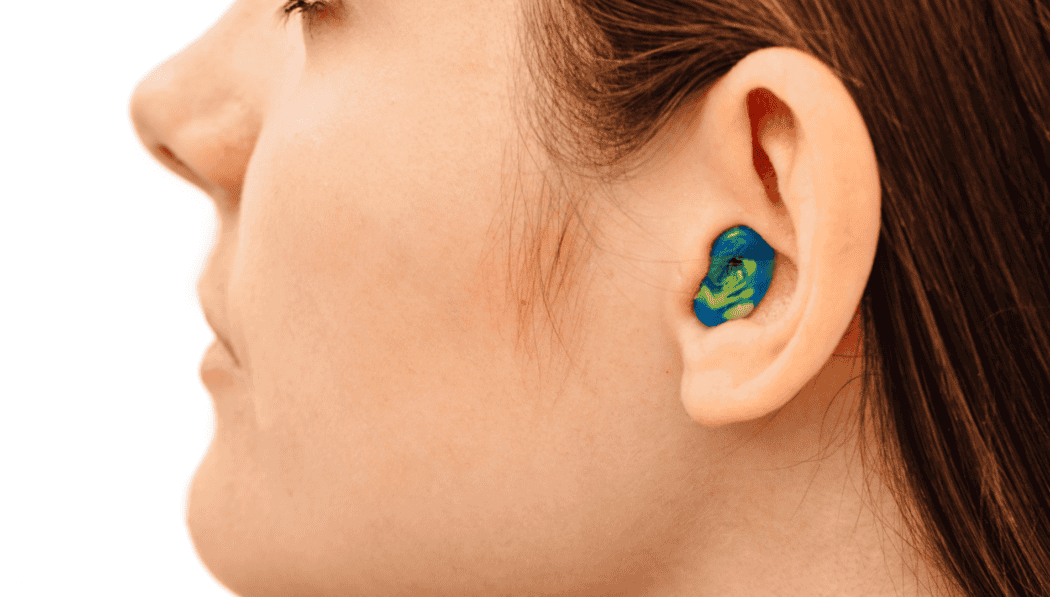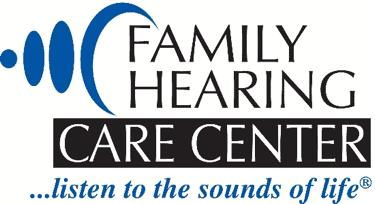
Choosing the Right Hearing Protection for Industrial Jobs
In industrial workplaces, noise is typically more than just a background hum; it can reach uncomfortable and even dangerous levels, making it important to address the issue. Exposure to high noise levels over time can lead to irreversible hearing loss, impacting both work performance and personal life. Proper hearing protection is critical for those working long-term in loud environments to preserve their hearing health and well-being over time.
Even for workers who feel accustomed to the daily sounds of machinery, engines, and other equipment as part of their job, it’s important to recognize the invisible consequences of such noise. This damage can be physical, to the eardrums, or even reach emotional levels. The loss of hearing may cause significant stress and emotional turmoil due to negatively affecting how individuals live their day-to-day lives and communicate with others. Taking proactive steps with appropriate industrial hearing protection can make a profound difference, preserving both physical and mental health.
Types of Hearing Protection Devices
Earplugs and earmuffs are popular and versatile hearing protection choices. Earplugs have the benefit of a compact design that fits directly into the ear canal, as well as a relatively low price. They are available in different materials, like foam and silicone, and can be custom-molded so they fit perfectly in any ear. Earplugs have the advantage of not getting in the way, and some can even get wet.
Earmuffs are another reliable option, known for their ability to cover the entire outer ear and significantly reduce noise levels. Combination options that simultaneously use earplugs and earmuffs are also available for double protection, ensuring that noise exposure remains well within safe limits.
Evaluating Noise Reduction Ratings (NRRs)
An NRR is a standard measure (expressed in decibels, or dB) that indicates the level of noise reduction a device provides. A higher NRR value means a greater ability to protect the user from noise exposure. However, the exact amount of protection offered by a given piece of equipment depends not only on the NRR but also on the average measured noise in the environment in question.
Additionally, the effectiveness of a device depends on proper use and fitting. Earplugs that are perfect for one person may be much too small for another and fall out of the ear. Likewise, earmuffs might not cover the whole ear of one person or press too hard on the ears of another. Ensuring that these devices are the right size and worn correctly can make a significant impact on reducing the risk of hearing damage.
Best Practices for Hearing Safety in the Workplace
Creating a safe working environment where hearing health is prioritized requires collective effort and commitment. Regular training sessions can ensure workers are conscious of the rules regarding hearing protection and the risks of not following them. Furthermore, employers should consistently monitor noise levels in the workplace, making adjustments where possible to avoid unnecessary risk. They should also be sure everyone has access to the proper protective equipment and provide positive reinforcement for compliance with the rules.
Promoting a Culture of Hearing Health
By valuing hearing health, workplaces can contribute to a healthier and more supportive community. But promoting a culture that values hearing health goes beyond providing protective equipment. It’s about creating an environment where employees feel supported and encouraged to prioritize their well-being. Instilling a real positive culture involves regular check-ins, offering resources for further education, and promoting a workplace where hearing health is openly discussed.
Workplaces with a strong culture of hearing and general health and safety see benefits in employee satisfaction, retention, and overall performance. Employees are more likely to feel valued and cared for, which in turn enhances teamwork and collaboration. This positive atmosphere ultimately leads to a more productive and harmonious work environment.
Benefits of Early Intervention and Support
By addressing hearing health proactively (before injuries and hearing loss occur), workers can maintain better focus and improve communication both at work and at home. Important early intervention measures include regular hearing checkups, which are key in detecting changes in hearing ability over time that might otherwise go unnoticed and untreated.
Support networks can also play an integral role in providing guidance to those navigating the challenges of industrial noise. Together, friends, family, healthcare professionals, and coworkers can all help one another to protect their hearing and enhance their long-term quality of life.
